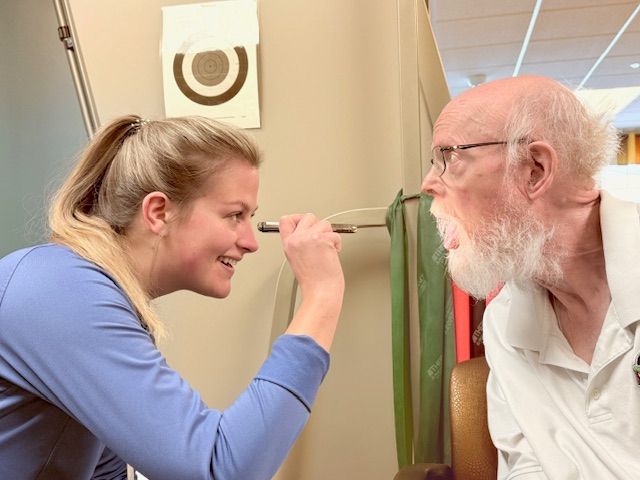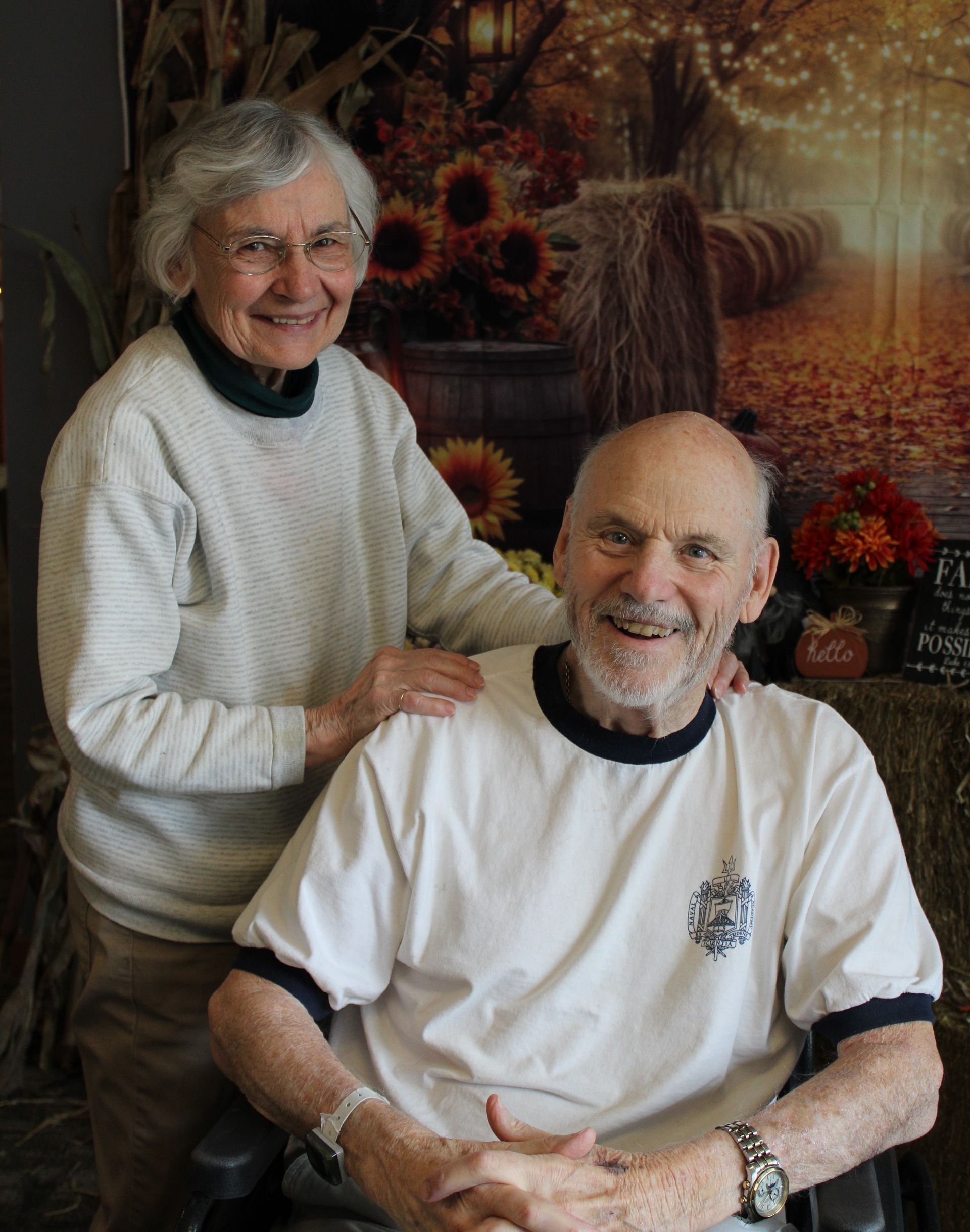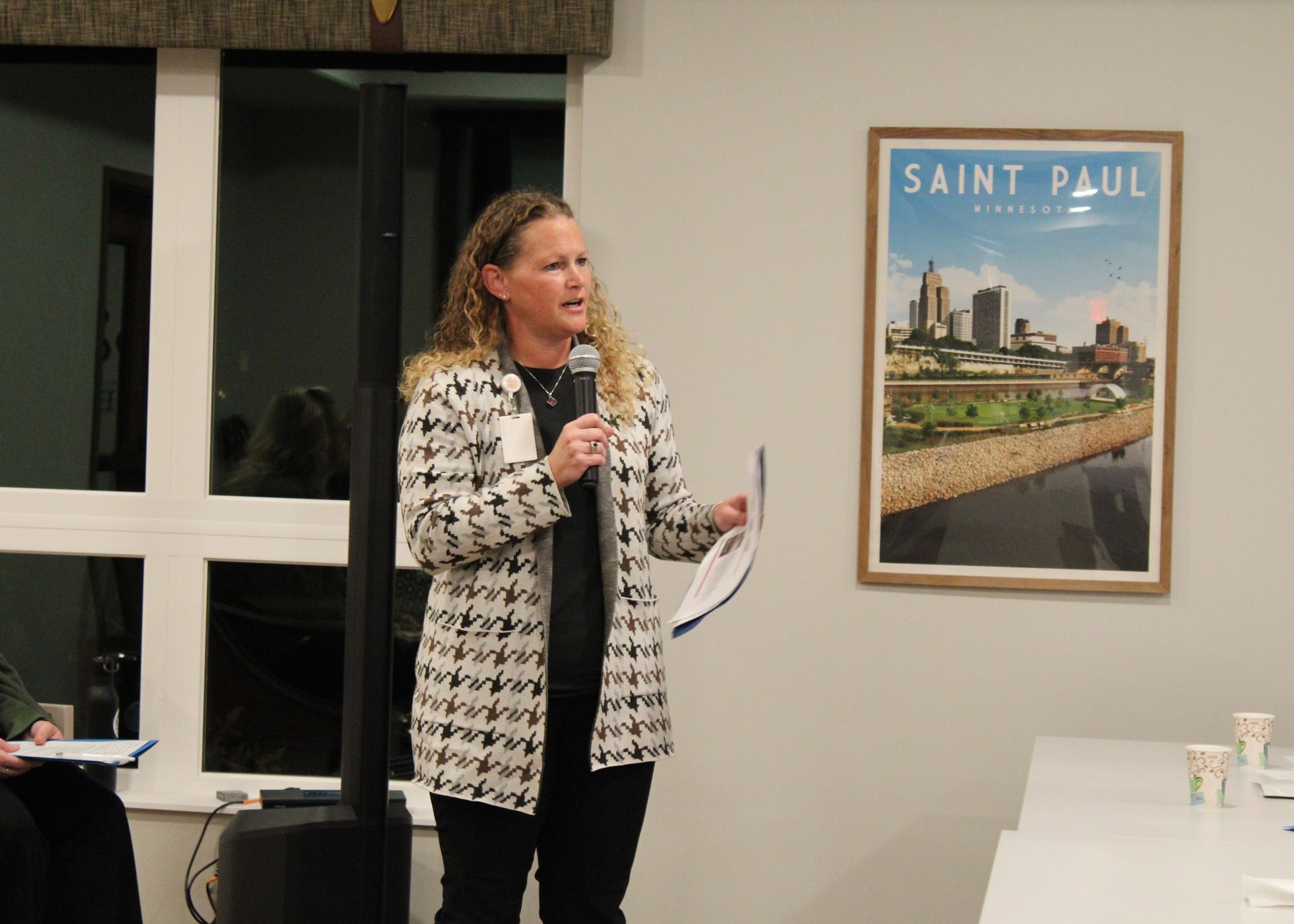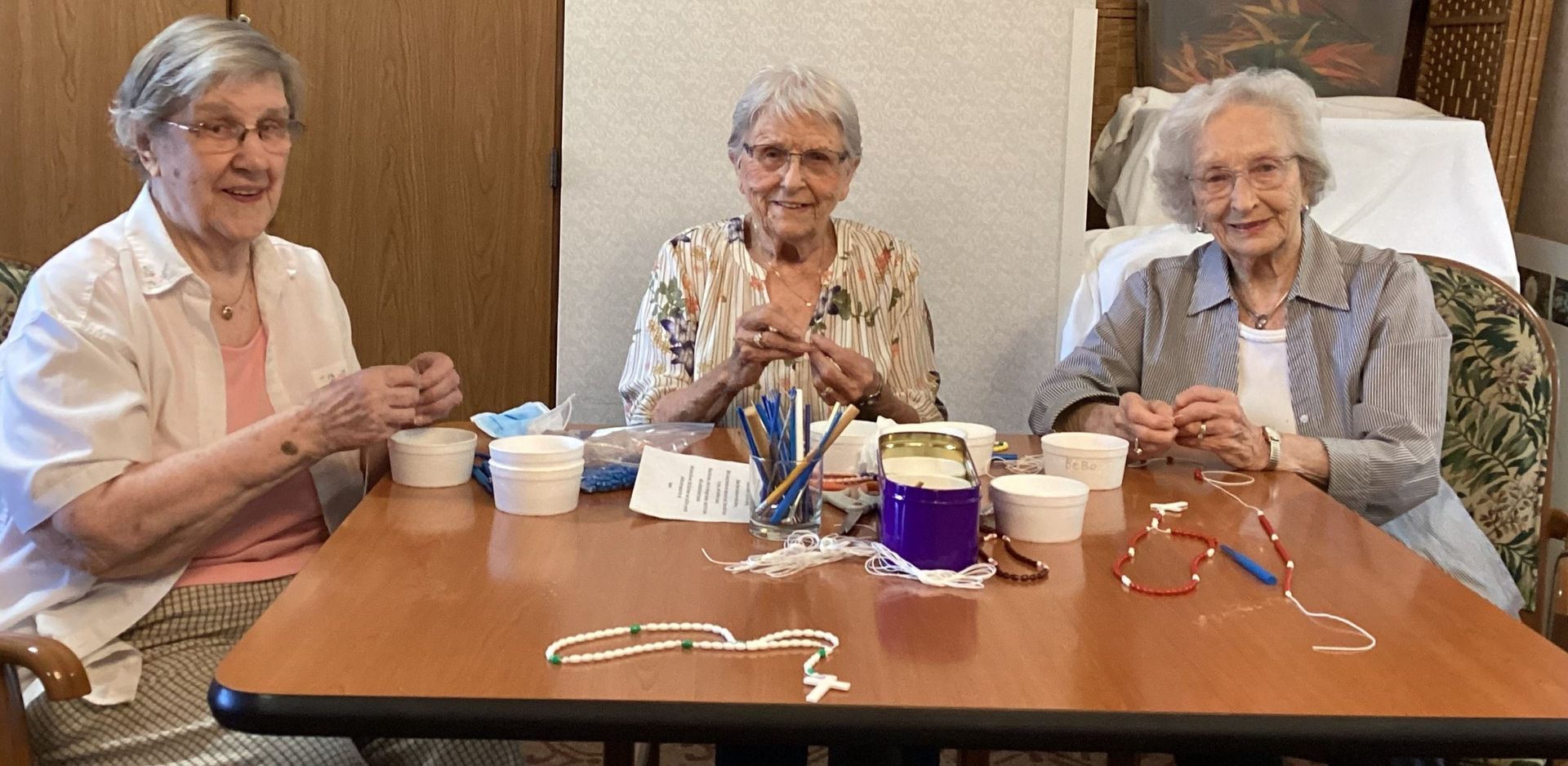
Helping Those in Need, One Rosary at a Time — New Hope’s Rosary Makers
If you ask someone what object is most emblematic of Catholics, many people will say, “the Rosary.” They may be thinking of Rosary prayer beads – the string of knots or beads – but the Rosary is actually a set of prayers, and the beaded string is an aid for saying the prayers in their proper sequence.
The Rosary is a devotion in honor of the Virgin Mary. In simple terms, it consists of a set number of specific prayers – one Apostles’ Creed, one Our Father, three Hail Mary’s, and one Glory Be.
The physical makeup of the rosary is surprisingly complex and making them can be almost meditative, and rewarding. Just ask the small group of residents at Saint Therese of New Hope that make rosaries every week.
The group is led by Marguerite Winker, who has been making rosaries for eight years; the other rosary makers include Carole Iverson and Irene Boos.

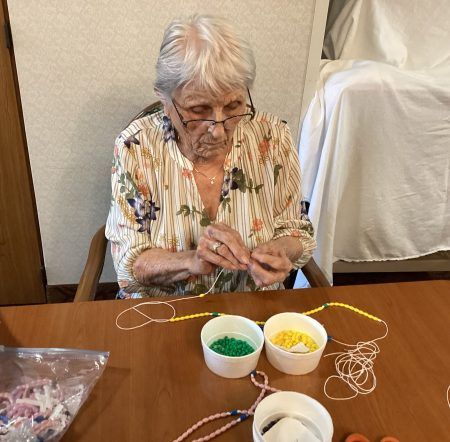
The three women work quietly while they make the rosaries, concentrating on the elements that go into the string of beads, which consists of 53 six- to eight-millimeter beads for the “decades”; six larger separator beads, 14 short pieces of chain to connect the decade beads, the separator beads, and the rosary components; wire or headpins; a rosary connector medal, a cross or crucifix; and four open jump rings. Winker said it takes about 25 minutes to create one rosary.
The group makes rosaries in bunches of ten and when they get to a quantity of 100, they hand them off to Adam Dvorak, Volunteer Services Coordinator at New Hope, who sends them to the Missionary Sisters of St. Peter Claver in St. Paul. These folks then send the rosaries to Ghana and India. (The Sisters of St. Peter Claver are a Catholic religious congregation of women dedicated to serving the spiritual and social needs of the poor around the world, particularly in Africa.)
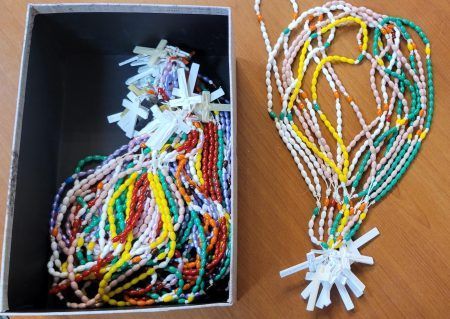
Boos said she began making rosaries to do something worthwhile and said it’s interesting to think about people in other countries who don’t have them.
And Winker added, “I make them because I like the idea of people in other lands praying my rosary.”
About
At Saint Therese, our heartfelt purpose since 1968 has been a people first approach to living well by providing senior care and services where every life we touch feels welcomed, respected, and heard. We achieve this by doing ordinary things with extraordinary love every single day. Contact us to learn more.

